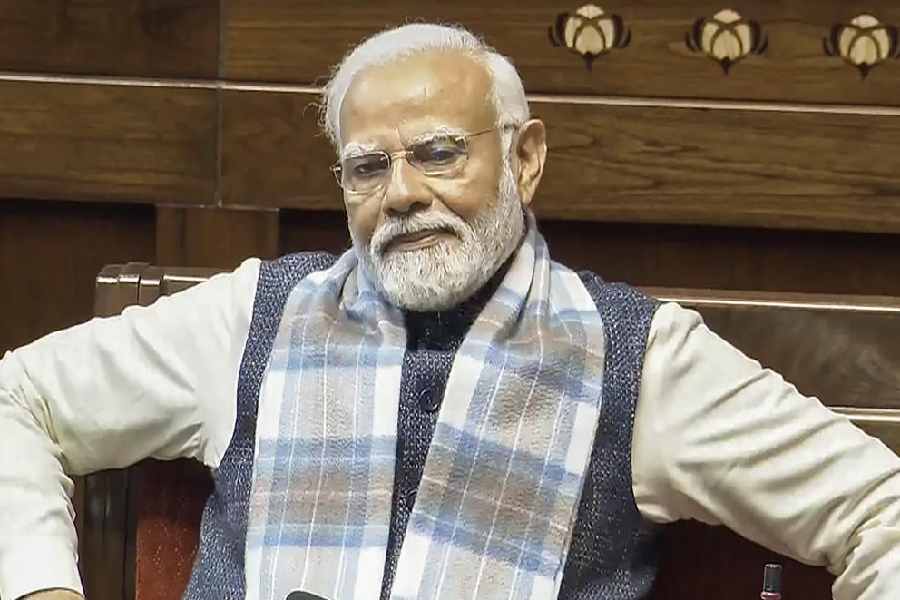OMG! Trump has exposed dictator Modi as after 50% tarrif Modi is destroying the economy of India.
.
.
.
.
.
.
.
.
.
.
.
.
.
LOL! that's a lie. Read the entire post to know how Modi’s economic shield and strategic calm left Trump’s tariffs toothless

.
.
.
.
.
.
.
.
.
.
.
.
.
LOL! that's a lie. Read the entire post to know how Modi’s economic shield and strategic calm left Trump’s tariffs toothless


While the world buckles under trade wars, carbon taxes, and China’s export dumping, India has quietly pulled off what many thought impossible—shrinking its Current Account Deficit (CAD) for FY26 to just 0.9% of GDP, far below the feared 1.5%. And it’s not luck—it’s strategy.
According to CareEdge Ratings, India’s armor is built on two unshakable pillars:
1. Power of the People – Over 60% of our GDP runs on domestic consumption, not foreign mercy.
2. Minimal U.S. Dependency – Only 2% of GDP comes from goods exports to America. Tariffs? Barely a scratch.
1. Power of the People – Over 60% of our GDP runs on domestic consumption, not foreign mercy.
2. Minimal U.S. Dependency – Only 2% of GDP comes from goods exports to America. Tariffs? Barely a scratch.
The result? Indian exports to the U.S. still jumped 22% in early FY26, thanks to electronic goods that escaped Trump’s tariff net. Exports to China rose 18%, and FTAs with the UK, EU, Oman, and others are laying the groundwork for $2 trillion in exports by 2030.
But here’s the real masterstroke—how India handled Donald Trump’s tariff tantrum. The former U.S. president slapped a 50% tariff expecting India to crawl and cut Russian oil imports. Instead, New Delhi gave him nothing—no retaliation, no submission—just cold, calculated patience.
Jeffrey Sachs, one of America’s top economists, called it out. He compared Trump’s approach to an impulsive gamble with no strategic brainwork, noting how countries like India, China, Brazil, and Russia saw through it. China punched back hard. India? It smiled, stood firm, and kept the negotiation door open, proving that quiet strength can be louder than threats.
However, there’s one battlefield where India must act fast—agriculture. The heart of our economy still beats with farmer suicides and low productivity. A Green Revolution 2.0 powered by tech, not subsidies, is not optional—it’s survival.
Bottom line: India isn’t just weathering the global storm—it’s rewriting the playbook. With a resilient economy, a clear-headed foreign policy, and nerves of steel, India is showing the world how to win without firing a shot.
• • •
Missing some Tweet in this thread? You can try to
force a refresh















